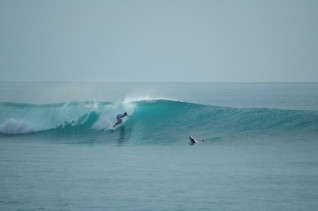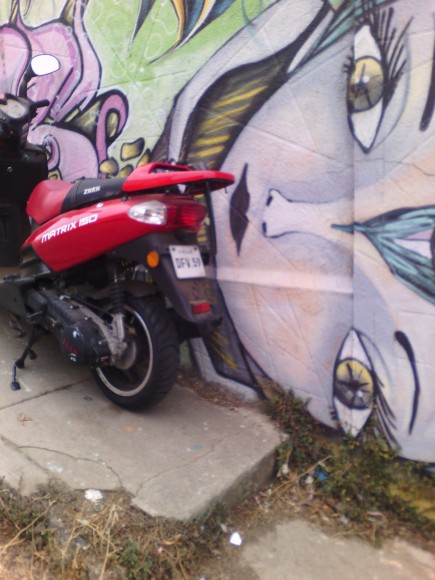
“Go to Valparaiso,” they said. “Valpo,” they said. These were the Chileans I’d met in Santiago since moving here five weeks ago. I had an extra day off over the Easter weekend and I was looking for someplace to go.
I looked at my Lonely Planet and noted that Valparaiso is a colorful, “gritty” port town about two hours by bus from Santiago. Perfect distance for the long weekend. I constructed an image of the place in my head: houses and shops neatly packed onto the hillside, each painted a vibrant color. Romantic. I’d seen towns like this in Mexico.
I packed a few things and bought a bus ticket for Good Friday, early in the day. My local friend texted me as the bus was pulling out of Santiago, “Enjoy the colors of Valpo!”
(One thing that I have to admit: So far, I compare everything in Chile to Mexico where I lived for a year in 2014. The public bus for example. Mexican buses are very clean and air conditioned and they provide you with a little bag lunch for most trips. They give you one of those American cheese and white bread sandwiches, chips. A can of Pepsi or bottled water. I don’t even like white bread sandwiches, but I loved it. I loved how they took their public transportation seriously. My bus to Valparaiso was fine, clean enough. No bagged lunch. I know, I know, better than public buses in the US, but still.)
So. I arrive late in the day because the traffic is bad due to the holiday weekend. But here I am! And I’m excited to be away from Santiago for a bit. I exit the terminal and buy an empanada from the old lady vendor on the street. I bite into the warm dough and the cheese stretches and greases my fingers. As I’m walking away, the woman warns me with a stern face to keep my bag zipped.
Now the sky is getting grey with clouds. I look up at the hills. I don’t see colors. I see drab grey. Squinting, it reminds me of Pachuca, an uncolorful town where I lived in Mexico. (Ironically they painted a hill of buildings after I left.) The hills here are the same, packed in with haphazard, sad looking, shackish constructions. Falling down. Not very pretty. Gritty, yes. Worse than gritty. People crowd up on the sidewalk to catch a local bus and I move over to join them. As I’m standing there in the group of people, I’m looking at the flat wide street in front of me, trash along the gutters, piles of dog shit at my feet and I’m thinking, what the hell? This place is a shit hole.
Usually I am a positive person. Really. But I can’t stop this thought from entering my head: what the hell?
I board the bus and ask the unfriendliest bus driver in the world to let me know when we get to my side street. He does not.
I get off the bus ten minutes later and walk back to where my hostel is located.
I see the open water and huge boats over to my left as I walk along Avenida Brasil. Ah, the port. Salt water and fish. The sun pokes through the clouds.
My hostel is friendly enough. I throw my things on the bed and put on my running shoes to go and find a hill or two. Maybe a café.
But when I exit my hostel I unknowingly go up to the hills, but away from downtown. I just climb and climb and see nothing but clouds and grey looking industrial type houses and more shacks. I am not in the right place, I know, but I am getting exercise now, I am just enjoying this strain on my lungs as I go up and up and I just want to see where it all goes. But it goes no where, the place is deserted.
I buy a bottle of wine and some bread and cheese. The sun has come out again and it is now setting. I sit on the patio of my hostel and drink and read. I eat some cheese and bread and then I go to bed. As I settle into sleep I think, I just have to find something beautiful tomorrow. Sometimes finding beauty takes time, it takes acceptance. Maybe this is the theme: I am on a search for beauty in Valpo.
The next day I get up early and go on my way to find the graffiti tour. It’s a tour that is known amongst tourists like me because it is free. You just tip the guide at the end. The hostel manager told me I couldn’t miss the plaza where the tour meets. “Muy Facil. Derecho Derecho,” he said, pointing. Straight straight, you cannot miss it. Well, I did miss it. I kept going all the way to the fish market. The fish market with the stacks of fresh squid and blank eyed fish, frozen in their emptiness. I stop to ask a vendor where I am. I have a shredded tourist map. I’m in the wrong place, he says, ten blocks back I will find the tour.
Finally, I catch up to the tour.
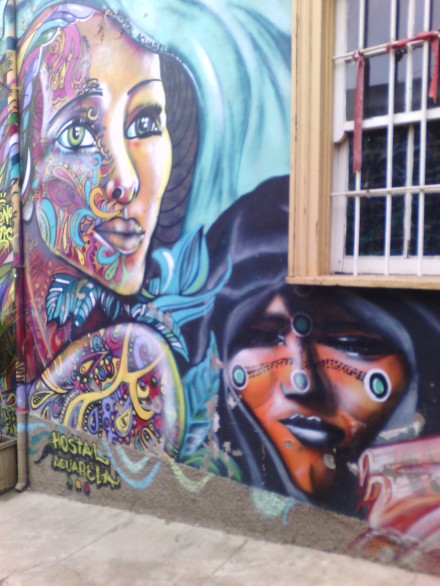
And gradually, amazingly, on the graffiti tour, I begin to see the lovely side of this city. It is like falling in love, not at first sight, but over conversation. For real. Over time, you see what you like about a person and next thing you know, you are in love. Seeing Valparaiso is like scratching the surface of one of those blacked out crayon drawings we did when we were kids. Underneath the black is a rainbow of bright color, all you need to do is scratch away the surface.
Diego was our tour guide. A guy in his early twenties with a string backpack. Every time he turned you could hear the clicking sound of a spray-paint can inside his pack. He energetically introduced us to all of the real graffiti in Valpo. He took us up back alleys and side streets to see yes, the real Valpo. Here is a sideways bicycle distorted. Paint colors so vibrant you can taste them. Here are the features of the artists’ faces themselves, one smoking a hookah.
The street dogs follow us up and up and up to the back alleys and stairs where I would never think to go on my own but yeah, step around the dog shit and there it is: the beauty, the character, the grit. All morning, the pack of dogs continues to follow us like we are part of them. They bark at the tires of each passing car louder and louder as if yes, they are protecting us, we are their foreigners on this graffiti tour in this crazy, dog-shit-strewn city.
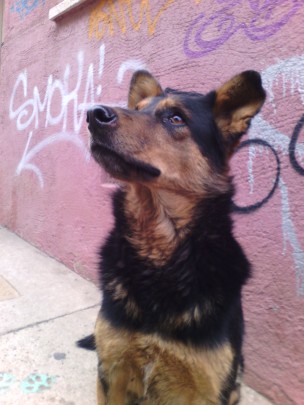
“Look way over there,” Diego says, pointing. “See that 5 story building with the mural on the side?”
No not there. Not where the shacks on the side of the hill are disintegrating down like a Salvador Dali painting, not where the scaffolding looks as if it might fall off the side of the mountain all by itself, not where the windows are broken on that house. No. Look further. See? Yes, there. It’s an entire building with a mural of figures in blues, yellows, reds, the entire wall is alive. Amazing. And hey, I think, maybe those shacks falling off the mountain Salvador Dali-style, maybe they are beautiful too.
When the tour is over, you and the other foreigners have become friends, so you go into an empanada shop all together, like tourists do, and you order one empanada after another until you are full, until the grilled vegetables and cheese and bread has filled your belly and the cold Escudo beer goes down smooth.
After eating, you pass through the cute alleys and look at the cafes on the sides of the street. You ta
ke the elevator down the side of the hill for 100 pesos (20 cents). It is way more exciting than going up because it is fun to think about the thing taking a sudden plunge like on a rollercoaster, you can imagine speeding in that little car, the possibility. But all is well. You survive.

Walking back to the hostel, a little bit drunk on Escudo, you realize that yes, it might take some looking, some scratching the surface, but Valparaiso is a beautiful place after all.

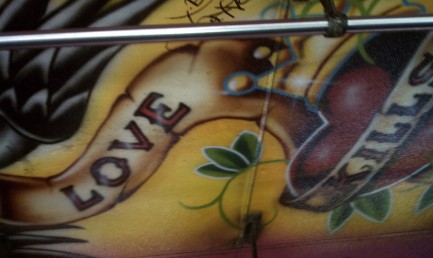

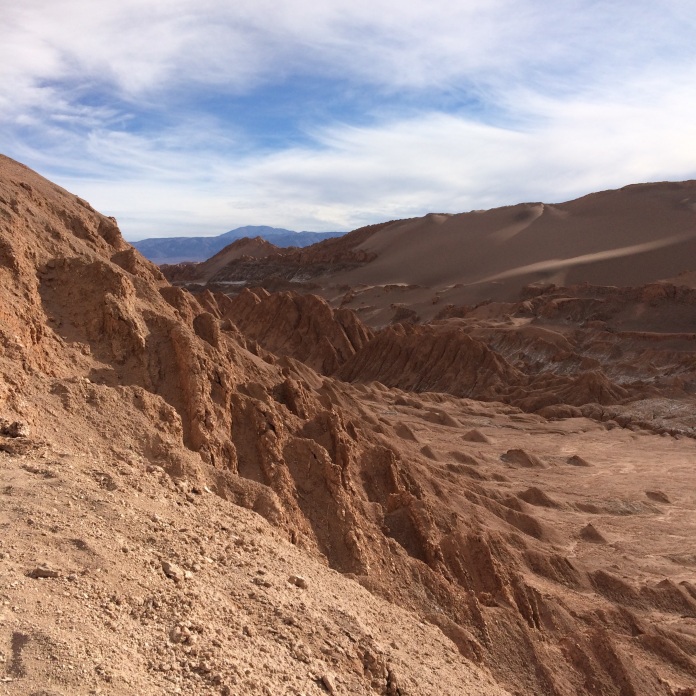
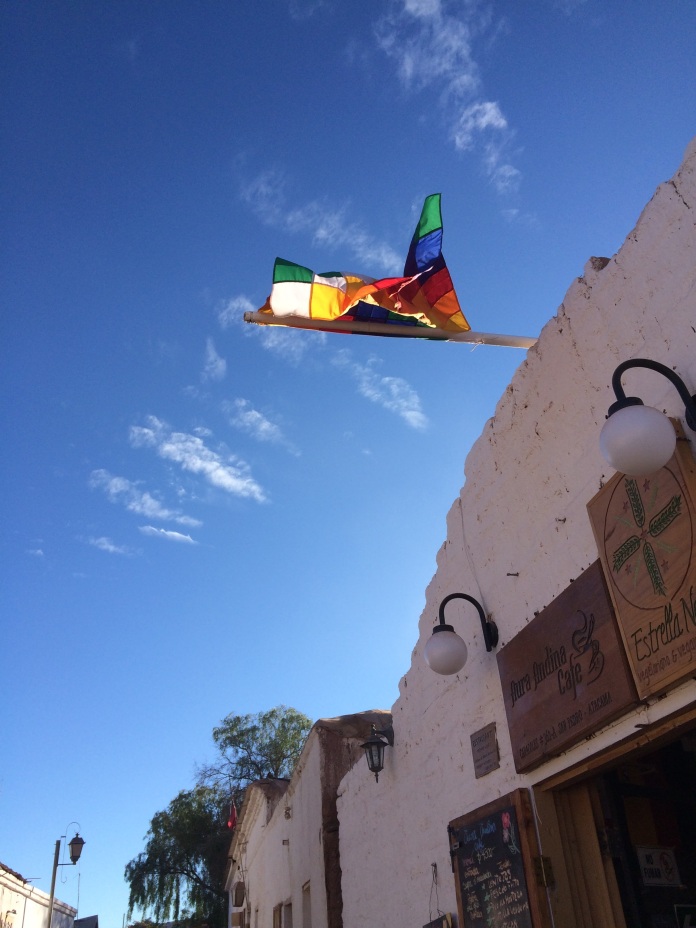 Go to Valle de la Luna where you experience the true remoteness of the desert. The one-hundred-eighty-degree views of the place, a high valley. Hills of sandstone and salt flats, where the Earth is dusted white, like snow. You have to taste it, a little bit of Earth on the tip of your tongue, just to see.
Go to Valle de la Luna where you experience the true remoteness of the desert. The one-hundred-eighty-degree views of the place, a high valley. Hills of sandstone and salt flats, where the Earth is dusted white, like snow. You have to taste it, a little bit of Earth on the tip of your tongue, just to see.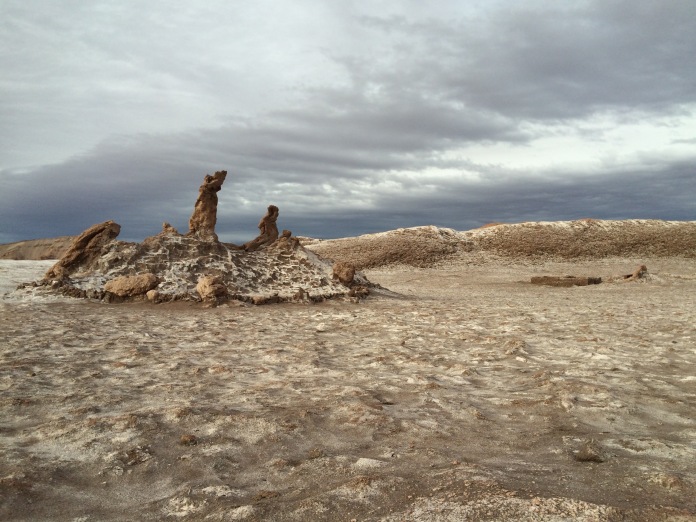
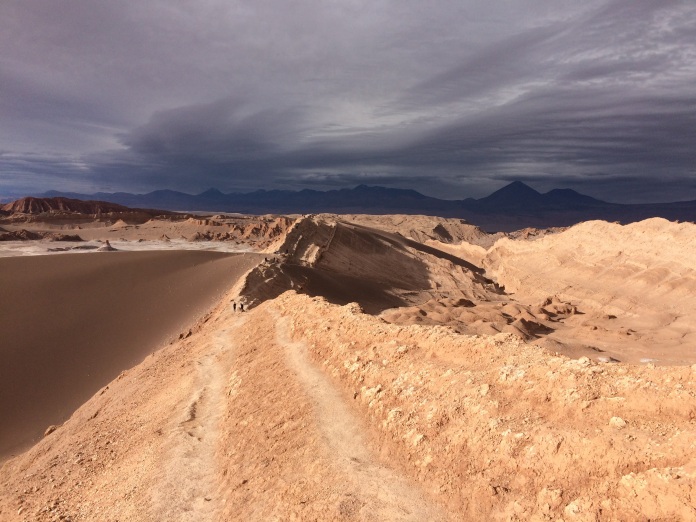
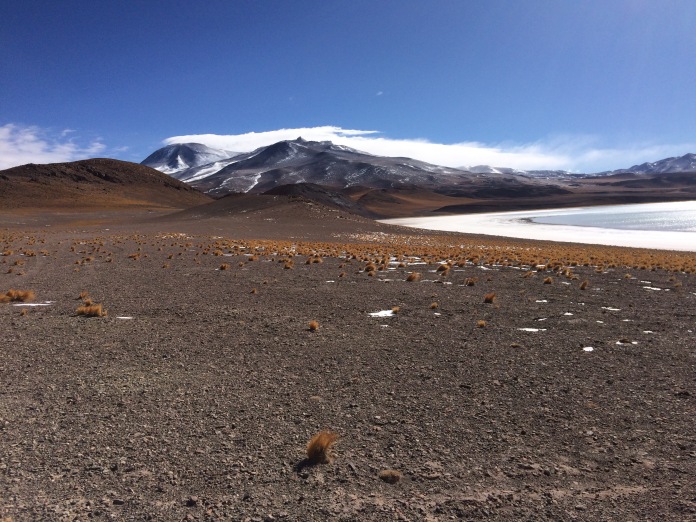





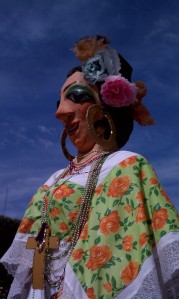
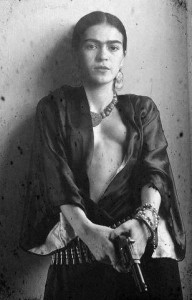
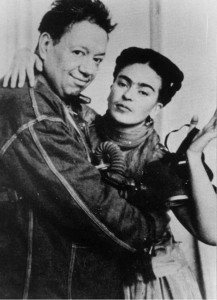
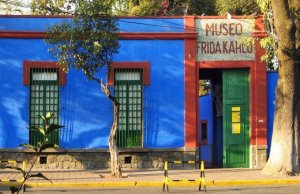 The house, now a museum, shows video clips of Frida throughout her life. In every shot, you can see her spirit and intensity, the feminist icon that so many of us adore.
The house, now a museum, shows video clips of Frida throughout her life. In every shot, you can see her spirit and intensity, the feminist icon that so many of us adore.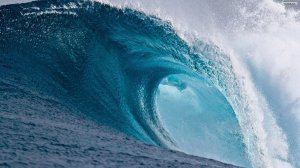
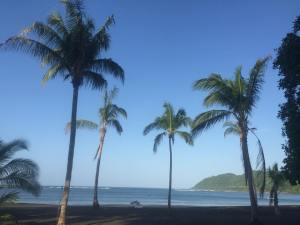
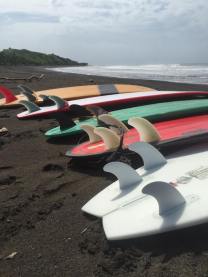
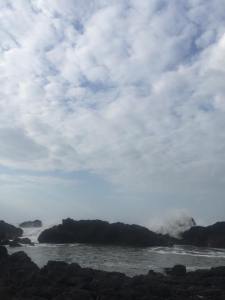 that I finally caught a green wave. I kept my body rigid, paddled as hard as I could, pushed my chest forward and felt the board moving on the surface of the wave with me on top of it. I felt the water beneath me and the board moving faster and faster on top of the water. I popped to my feet, standing, crouching, but riding down the line, the beautiful green wave under me.
that I finally caught a green wave. I kept my body rigid, paddled as hard as I could, pushed my chest forward and felt the board moving on the surface of the wave with me on top of it. I felt the water beneath me and the board moving faster and faster on top of the water. I popped to my feet, standing, crouching, but riding down the line, the beautiful green wave under me.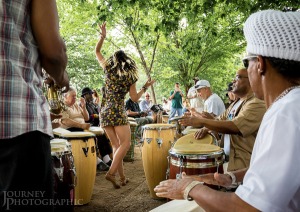
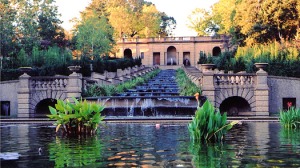
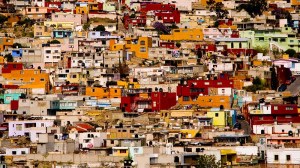
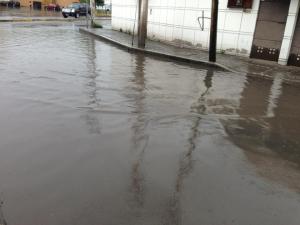 see houses houses houses built in no particular organized fashion, into the hills. The view from your apartment roof is interesting, but not pretty, you decide. Rooftops and patios, concrete walls and cell towers, white crosses and The Jesus statue … There’s something ugly about it all, you know this but you love it anyway, running the streets in the heat of the day where an old man stands at an intersection directing lone cars that sporadically travel by, maybe tossing a coin. One night at an expat party, you go up to the roof and drink Pacifico and look at the lights on the hilly horizons. The house is built higher than the rest of the town and the ladder to the roof is romantic, the star-lit sky and the lightening in the distance. Beautiful in this beer-drenched haze, but sad, too. Because existential questions fill your head.
see houses houses houses built in no particular organized fashion, into the hills. The view from your apartment roof is interesting, but not pretty, you decide. Rooftops and patios, concrete walls and cell towers, white crosses and The Jesus statue … There’s something ugly about it all, you know this but you love it anyway, running the streets in the heat of the day where an old man stands at an intersection directing lone cars that sporadically travel by, maybe tossing a coin. One night at an expat party, you go up to the roof and drink Pacifico and look at the lights on the hilly horizons. The house is built higher than the rest of the town and the ladder to the roof is romantic, the star-lit sky and the lightening in the distance. Beautiful in this beer-drenched haze, but sad, too. Because existential questions fill your head. 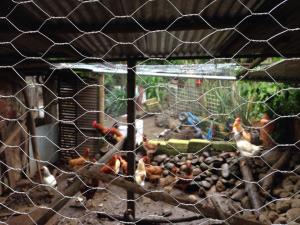
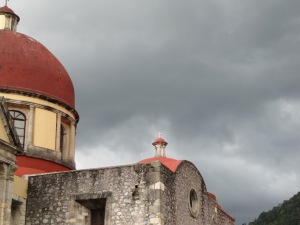 You pull change from your pocket and drop a brown coin into the girl’s cup. What is half a peso to you?
You pull change from your pocket and drop a brown coin into the girl’s cup. What is half a peso to you?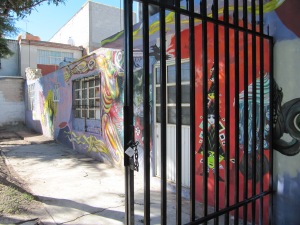 looking and you see the scabs under their thin fur.
looking and you see the scabs under their thin fur.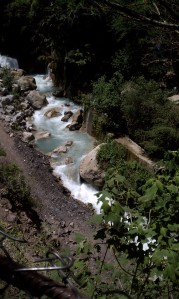 barely passable in a four wheel drive truck, that goes down down down to the river. After hiking, you look at the colorful pottery in the market and eat Pastes, a Mexican hot pocket with spicy potato and meat.
barely passable in a four wheel drive truck, that goes down down down to the river. After hiking, you look at the colorful pottery in the market and eat Pastes, a Mexican hot pocket with spicy potato and meat.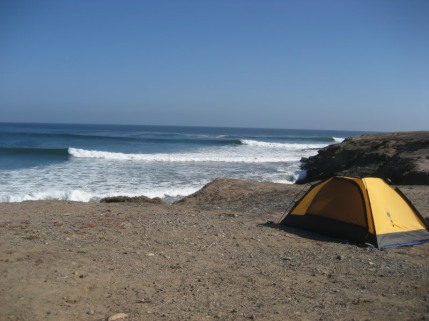 lad I held onto it and picked it up finally because it’s a good time for this book, for me. I feel so much like a lost soul recently in my life, reading Schopenhauer and questioning my existence. This book gave me something. Thanks Allan Weisbecker. I understand you. Technically I’m not a surfer, but I appreciate big waves and surfing because I’ve seen it, up close and personal, watching my partner and friends from our rented boat off the Mentawai Islands in Indonesia, on deserted beaches in Nicaragua. I’ve been in the water, too. I’ve paddled out in waves that’ve wrecked me. I shouldn’t have been there maybe, but it was worth it, this suffering.
lad I held onto it and picked it up finally because it’s a good time for this book, for me. I feel so much like a lost soul recently in my life, reading Schopenhauer and questioning my existence. This book gave me something. Thanks Allan Weisbecker. I understand you. Technically I’m not a surfer, but I appreciate big waves and surfing because I’ve seen it, up close and personal, watching my partner and friends from our rented boat off the Mentawai Islands in Indonesia, on deserted beaches in Nicaragua. I’ve been in the water, too. I’ve paddled out in waves that’ve wrecked me. I shouldn’t have been there maybe, but it was worth it, this suffering.